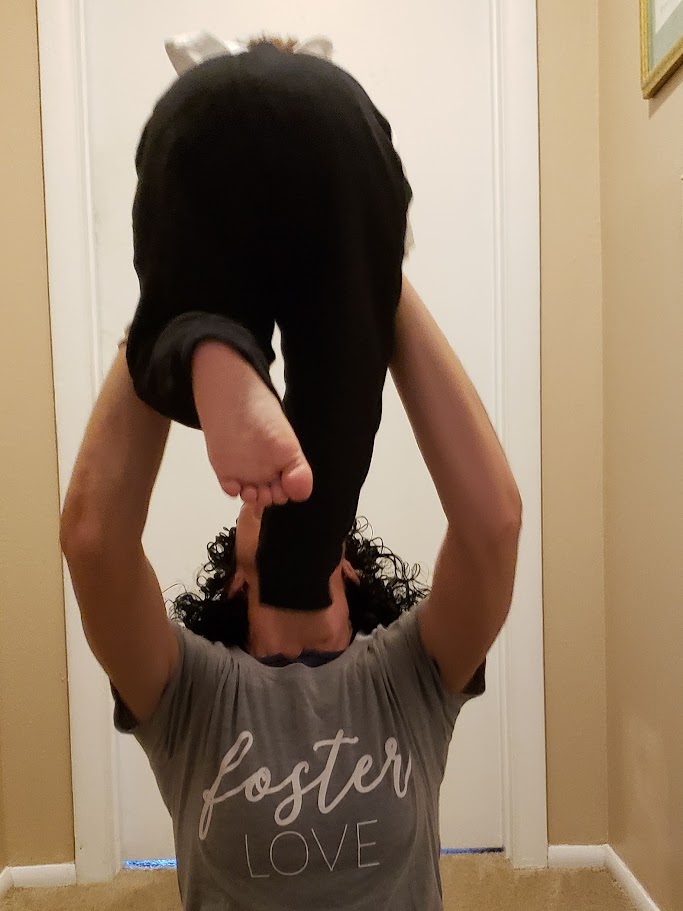Though I’ve only been medically recognized with anorexia for two years now, I truly don’t know when my eating disorder began. I don’t know where the “line” between healthy and disordered lies…but I have never really had a positive relationship with food.
It was a slippery slope; a slow descent at first. From my earliest memories, I loved eating. I found great comfort in food. I needed comfort. I was a very sensitive, emotionally fragile, socially awkward child. I never fit in- at home, at school, anywhere.
I had a somewhat slim build but started exercising as a teenager. I was an awkward, insecure nerd, or so my middle school classmates told me.
Daily.
But, at least, I could try to look and feel okay in my body.
It was then that food became a reward and not simple nourishment or as it had been, a treasured friend. Food was more like a foe I had to find peace with.
Exercise was my new bestie!
The amount of exercise ebbed and flowed over the years. It increased in my 20’s. When I was in my 30s, with a growing family, my exercise took a bit of a backseat. Right before my fortieth birthday, I looked in the mirror and did not like what I saw though. I was disgusted with myself.
I started exercising regularly again. And it did not take long before the exercise “paid off,” both in how I felt and how my clothes fit. It also became my prime way to escape the complexities of life.
Then, we opened our house to foster children. Introducing 30 precious, vulnerable, and deeply broken children over the next 4 years brought me face-to-face with many uncomfortable realities. My own childhood trauma, the depth of hurt in the world around me, and most importantly, my total and complete lack of control. Fostering pushed me over the edge, the edge I had spent a lifetime teetering on.
I told myself the exercise was healthy- physically and mentally. Everything I read about depression, anxiety, trauma, and PMDD (which I had been diagnosed with in my 20s) said exercise was key to managing the struggle. The more I struggled, the more I exercised.
It made sense. I felt good when I exercised. I could numb my pain and my fears. I could block out my emotions and the rest of the world. Soon, I was exercising more than I wasn’t, which left little time for meals. Food restriction just sort of followed. Food was no friend of mine anyway.
At the time of my diagnosis, I was at a critical point. My coping techniques and need for control had spiraled out of control.
I believe I had to hit bottom. Once I hit that place where there was nowhere else to go, I finally started clawing my way up.
